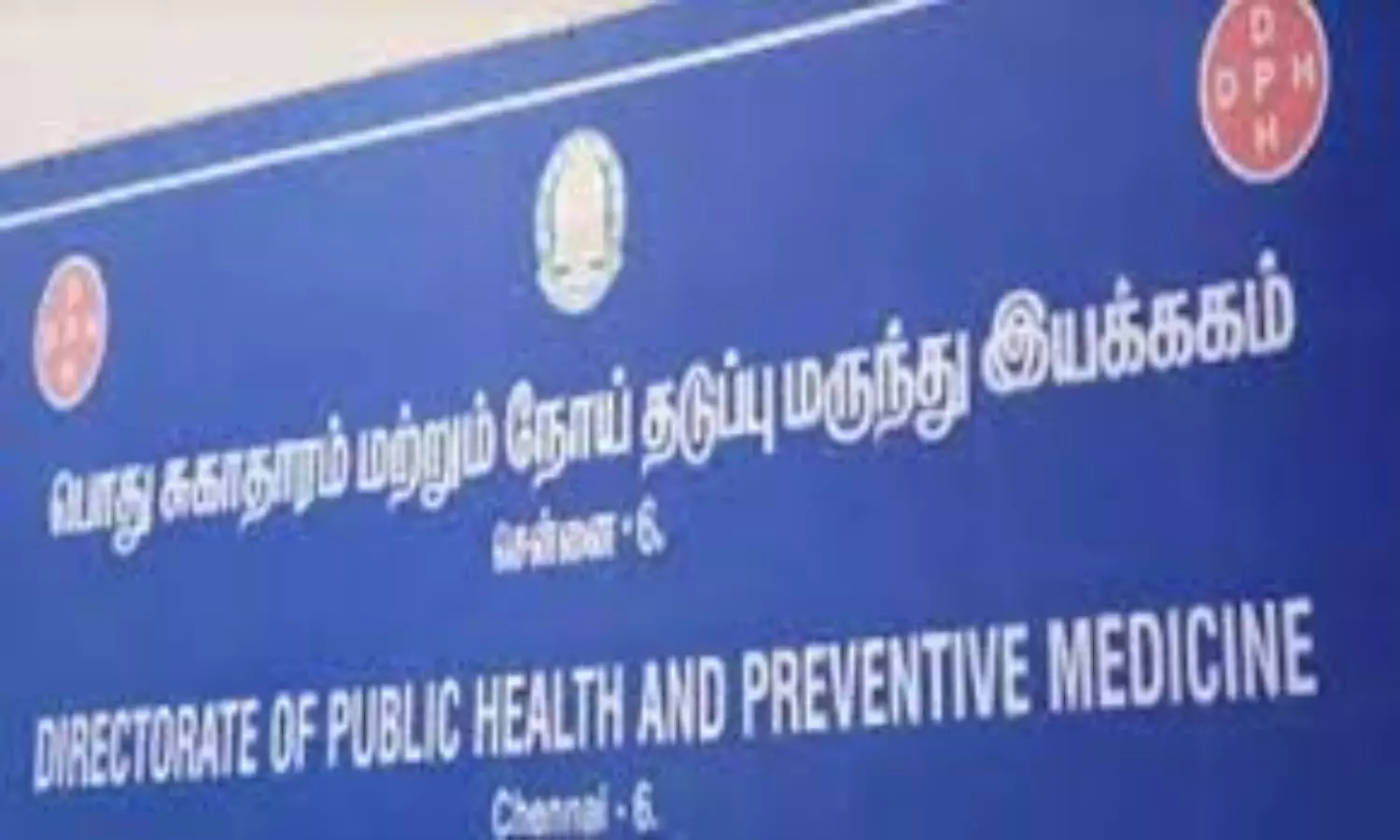DPH issues guidelines for Kyasanur Forest Disease surveillance
Kyasanur Forest disease is caused by Kyasanur Forest disease virus (KFDV) and hard ticks are the reservoir of KFD virus and once infected, remain so for life.;

Representative Image
CHENNAI: After 53 human cases of Kyasanur Forest Disease (KFD) was reported from Karnataka and one death each in Shivamogga and Chikkamagaluru District as on February 3, 2024, the Directorate of Public Health and Preventive Medicine has issued guidelines for increased surveillance to the Deputy Director of Health services in Erode, the Nilgiris, Dharmapuri and Krishnagiri.
Kyasanur Forest disease is caused by Kyasanur Forest disease virus (KFDV) and hard ticks are the reservoir of KFD virus and once infected, remain so for life.
Rodents, shrews and monkeys are common hosts for KFDV after being bitten by an infected tick. KFDV can cause epizootics with high fatality in primates.
The guidelines state that transmission to humans may occur after a tick bite or contact with an infected animal, most importantly a sick or recently dead monkey. No person-to-person transmission has been described.
The deputy directors have been instructed to map the bordering villages of Karnataka and Kerala, and undertake daily fever surveillance. The collection of serum samples from suspected cases of fever with diarrhoea and prostration has been instructed. The guidelines state that the samples and entomological surveillance ticks should be transported to VDL, Shimoga for diagnosis of KFDV.
The forest officials should be involved to report Monkey deaths and create awareness in the community about the disease and to not allow people to visit areas where Monkey deaths are reported.
DPH also instructed to restrict the cattle movements to the forest, besides regular washing and grooming. Residual spray of acaricides in animal sheds should be done every month during summer and rainy months depend on seasonal prevalence.
As per the guidelines, after an incubation period of 3-8 days, the symptoms of KFD begin suddenly with chills, fever, and headache.
Severe muscle pain with vomiting, gastrointestinal symptoms and bleeding problems may occur 3-4 days after initial symptom onset. Though there is no specific treatment for the disease, some patients recover without complication after 1-2 weeks with supportive therapy.
However, the illness can have a second wave of symptoms at the beginning of the third week including fever and signs of neurological and mental disturbances. The estimated case-fatality rate is from 3 to 5 percent for KFD. There is a vaccine for the illness and the deputy directors can submit requirements for the same. More cases of the virus are reported during the dry season, from November through June. The medical and paramedical staff also need to be trained and sensitised in all the bordering blocks.

